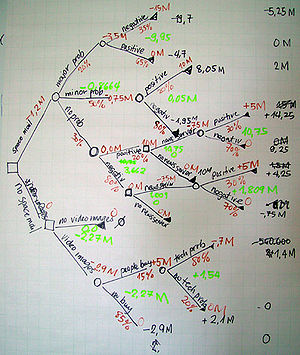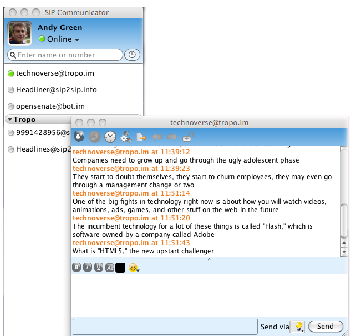For the past few weeks I’ve been trying out a few of the collaborative recommendation sites that are currently on the scene. My interest was initially piqued by an NYC startup or two, then I learned about Aardvark, now part of Google and one of the most successful of the purely crowdsourced Q&A sites.
You ask a question and one of Aardvark subscribers is likely to have an answer. I was quite impressed that I got a quick and meaningful response about a good Spanish white wine to match with seafood.
Not all of the cloud-based oracles work this way. Many instead rely on machine-learning techniques (decision trees, Bayesian classifiers, clustering, …) in which the mileage of your answers will vary based on the terrain of the data.
Then I learned about a mega success story from MetaFilter, a community weblog, in which two young Russian women were saved from entering the sex trade by MetaFilter members. Continue reading





